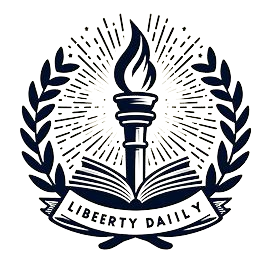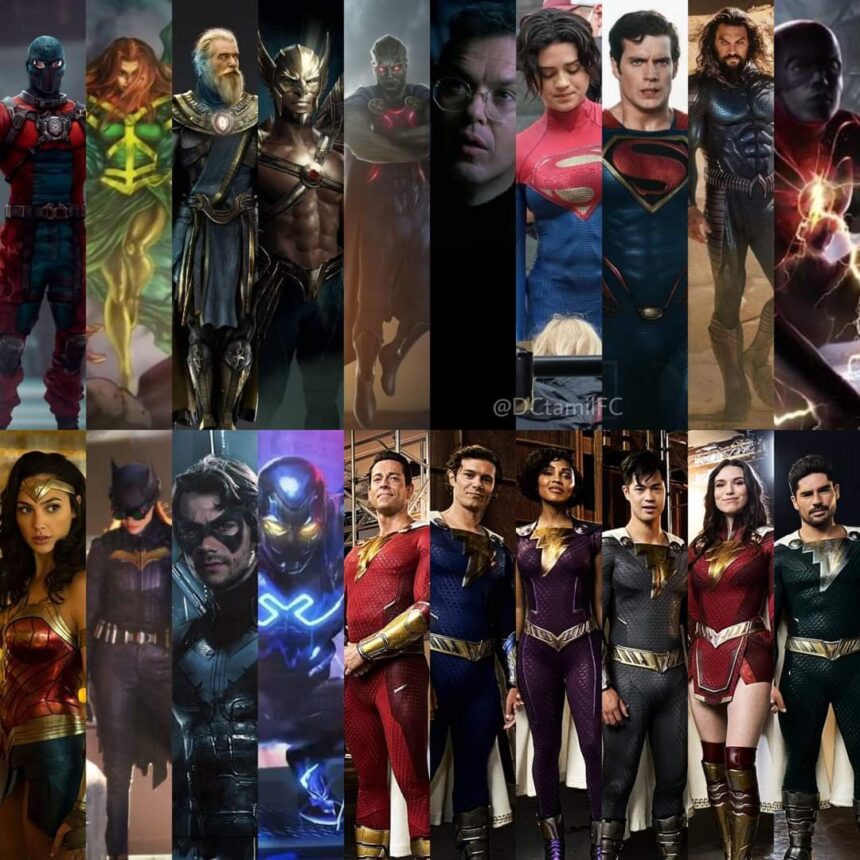Costumes are more than just clothes; they are powerful tools that tell stories, evoke emotions, and create iconic images. Outfits are a major part of what makes a character unique, from the masks and capes of superheroes to the ominous clothing of villains. Let’s delve into the fascinating world of heroes’ and villains outfits, exploring their evolution, psychology, and cultural impact.
The Evolution of Superhero Costumes
Early Comic Book Era
The first superhero costumes were simple yet striking. Superman, debuting in 1938, wore a bold blue suit with a red cape and the iconic “S” shield, setting the standard for future heroes. These early designs were straightforward, often inspired by circus strongmen and pulp fiction adventurers.
Silver Age Innovations
The Silver Age of Comics (1956-1970) brought more colourful and imaginative designs. Heroes like Spider-Man and the Flash donned sleek, form-fitting suits that highlighted their agility and speed. Costume designs became more detailed, with unique symbols and colour schemes that made each hero instantly recognisable.
Modern Age Realism
Today’s superhero costumes blend fantasy with practicality. Movies and TV shows have introduced textured fabrics, armour elements, and high-tech gadgets. Characters like Iron Man showcase how modern technology influences costume design, creating outfits that are both functional and visually stunning.
The Psychology Behind Costumes
Colour Symbolism
Colours play a vital role in character design. Heroes often wear primary colours like red, blue, and yellow, symbolising bravery, hope, and justice. Villains, on the other hand, tend to wear darker tones like black, green, and purple, evoking mystery, danger, and malice.
Design Elements
Costume design incorporates symbols and motifs that reflect a character’s identity and powers. Superman’s “S” shield stands for hope, while Batman’s bat emblem represents fear and vigilance. These elements make costumes more than just outfits—they are extensions of the characters themselves.
Psychological Impact on Audience
Costumes create an immediate visual impact, helping the audience connect with the character. A well-designed costume can evoke admiration for heroes or fear and intrigue for villains, enhancing the storytelling experience.
Iconic Hero Outfits
Superman: The Birth of the Superhero Costume

Superman’s costume is the blueprint for superhero attire. The red and blue suit, complete with a cape and the “S” shield, embodies the ideal hero—strong, virtuous, and inspiring.
Batman: The Dark Knight’s Armour

Batman’s costume has evolved from a simple grey suit with a black bat emblem to sophisticated armour that combines stealth, protection, and high-tech gadgets. The gloomy, menacing artwork captures the essence of Batman’s character as a covert vigilante.
Wonder Woman: Emblem of Strength and Femininity

Wonder Woman’s outfit is a powerful blend of ancient warrior attire and modern superhero design. The star-spangled skirt, tiara, and bracelets are iconic symbols of her Amazonian heritage and her role as a feminist icon.
Spider-Man: The Everyman’s Suit

Spider-Man is easily identifiable thanks to his red and blue outfit with web motifs. It’s practical yet stylish, reflecting Peter Parker’s ingenuity and his everyman appeal. The mask hides his identity, allowing him to remain relatable and approachable.
Iron Man: Technology Meets Style

Iron Man’s armour is the pinnacle of technological advancement in superhero costumes. Each iteration showcases cutting-edge design, from the sleek Mark III suit to the nanotech-enhanced Mark L. Tony Stark’s flair for style and innovation is evident in every detail.
Iconic Villain Outfits
The Joker: Clown Prince of Crime

The Joker’s chaotic and colourful attire—purple suit, green hair, and twisted grin—perfectly encapsulates his manic personality. His costume is a visual representation of his unpredictable nature and his role as Batman’s arch-nemesis.
Darth Vader: The Dark Lord’s Armour

Darth Vader’s black armour, flowing cape, and intimidating mask make him one of the most iconic villains in cinematic history. His suit is not just for show; it’s a life-support system, adding layers of depth to his character’s tragic backstory.
Magneto: Master of Magnetism

Magneto’s regal costume, often featuring a helmet, cape, and bold red and purple colours, exudes power and authority. His outfit reflects his complex persona as a villain who believes he is fighting for a righteous cause.
Loki: The Trickster God

Loki’s attire embodies both his mischievous side and Asgardian elegance. The green and gold colour scheme, horned helmet, and flowing cape highlight his cunning and regal lineage, making him both a captivating and deceptive villain.
Harley Quinn: The Mad Love

Harley Quinn’s costume has evolved from a harlequin-inspired jumpsuit to a punk rock aesthetic. Her playful yet dangerous style, featuring red and black colours, pigtails, and quirky accessories, captures her chaotic relationship with the Joker and her unpredictable nature.
Designing a Hero Costume
Key Elements to Consider
Take into account the character’s traits, demeanour, and past when creating a hero costume. The costume should enhance their abilities while reflecting their identity.
Balancing Practicality and Style
A well-made hero outfit is fashionable and practical. It should allow for movement and combat, while also making a visual statement that sets the hero apart.
Incorporating Symbolism
Symbols are crucial in hero costumes. They convey the hero’s mission and values. Think of Superman’s “S” shield or Batman’s bat emblem—these symbols become synonymous with the characters.
Designing a Villain Costume
Elements of Intimidation
Villain costumes should instil fear and command attention. Use sharp lines, dark colours, and menacing accessories to create an aura of intimidation.
Showcasing Power and Madness
Highlight the villain’s powers and mental state through their attire. Outfits can feature exaggerated elements that reflect their superiority or instability.
Creating a Memorable Silhouette
A distinctive silhouette helps make a villain memorable. Darth Vader’s helmet, the Joker’s suit, and Loki’s horns are examples of silhouettes that leave a lasting impression.
Costume Design in Film and TV
The Role of Costume Designers
Costume designers play a pivotal role in bringing characters to life. They research, conceptualise, and create outfits that enhance storytelling and character development.
Challenges and Innovations
Designing costumes for film and TV involves balancing practicality with visual impact. Designers must ensure costumes are comfortable for actors, while also looking impressive on screen.
Notable Film and TV Costumes
From Wonder Woman’s armour to Black Panther’s suit, notable film and TV costumes have set new standards in design and influenced fashion trends.
More Read: Best Synthetic Wigs UK: Your Ultimate Guide to Stylish and Affordable Hair Solutions
Cosplaying Heroes and Villains Outfits
Tips for Creating Your Costume
Start by researching the character’s costume. Break it down into components and plan how to recreate each part.
Finding the Right Materials
Use materials that mimic the look and feel of the original costume. Foam, fabric, and paint are commonly used in cosplay.
Bringing Characters to Life
Pay attention to details like accessories, makeup, and props. These elements help bring the character to life and make your cosplay more authentic.
The Impact of Costumes on Pop Culture
Merchandise and Fashion
Superhero and villain costumes have inspired a wide range of merchandise, from action figures to clothing lines.
Halloween and Conventions
Costumes are a staple of Halloween and fan conventions, where fans dress up as their favourite characters, celebrating their love for comics, movies, and TV shows.
Social Media Influence
Social media platforms have amplified the impact of costumes, with cosplayers and fans sharing their creations, inspiring others, and keeping the culture alive.
Gender and Representation in Costumes
Breaking Gender Norms
Costumes have evolved to break traditional gender norms, with more gender-neutral designs and characters challenging stereotypes.
Representation of Diversity
Inclusive costume designs reflect the diversity of audiences, ensuring everyone can see themselves in their favourite heroes and villains.
Evolving Designs for Inclusivity
Modern costumes are designed to be more inclusive, considering different body types, abilities, and cultural backgrounds.
Costume Evolution in Different Mediums
Comics vs. Movies
Comic book costumes are often more exaggerated, while movie costumes tend to be more realistic and practical.
Animated Series Influence
Animated series have introduced unique costume designs, influencing other mediums and expanding the visual language of superhero and villain attire.
Video Games and Digital Adaptations
Video games and digital adaptations offer new opportunities for costume design, incorporating interactive and dynamic elements.
DIY Costume Ideas
Budget-Friendly Tips
Use affordable materials and get creative with household items to create impressive costumes without breaking the bank.
Step-by-Step Guides
Follow detailed guides that break down the process into manageable steps, from sketching the design to the final assembly.
Creative Inspiration
Look for inspiration in everyday objects, nature, and different cultures to create unique and original costumes.
The Future of Superhero and Villain Costumes
Trends and Predictions
Future trends may include more interactive costumes, environmentally friendly materials, and adaptive designs for various uses.
Influence of Technology
Advancements in technology will continue to shape costume design, integrating wearable tech and smart fabrics.
Sustainability in Costume Design
Sustainable materials and eco-friendly practices will become more prevalent, reflecting the growing awareness of environmental issues.
More Read: Big Hats for Men: The Ultimate Guide to Style and Function
Conclusion
Costumes are integral to the world of heroes and villains, playing a crucial role in storytelling, character development, and cultural impact. Whether you’re designing your outfit, cosplaying, or simply appreciating the artistry, understanding the significance of these outfits enhances your connection to these iconic characters.
FAQs
How do costume designers choose colours for heroes and villains?
Designers use colour symbolism to convey the character’s personality and role. Heroes often wear bright, primary colours, while villains wear darker, more sinister tones.
Which components of a superhero outfit are essential?
Key elements include practicality, symbolic design, distinctive silhouettes, and colours that reflect the character’s identity.
How can I start designing my superhero costume?
Start by researching and sketching ideas. Consider the character’s powers, personality, and backstory. Select materials that strike a balance between style and utility.
Do you have any guidelines when making a costume for a villain?
Villain costumes should evoke fear and command attention. Use dark colours, sharp lines, and menacing accessories. Focus on creating a memorable silhouette.
What distinguishes contemporary superhero costumes from their vintage counterparts?
Modern costumes blend fantasy with practicality, featuring textured fabrics, armour elements, and high-tech gadgets, offering a more realistic and functional design.



